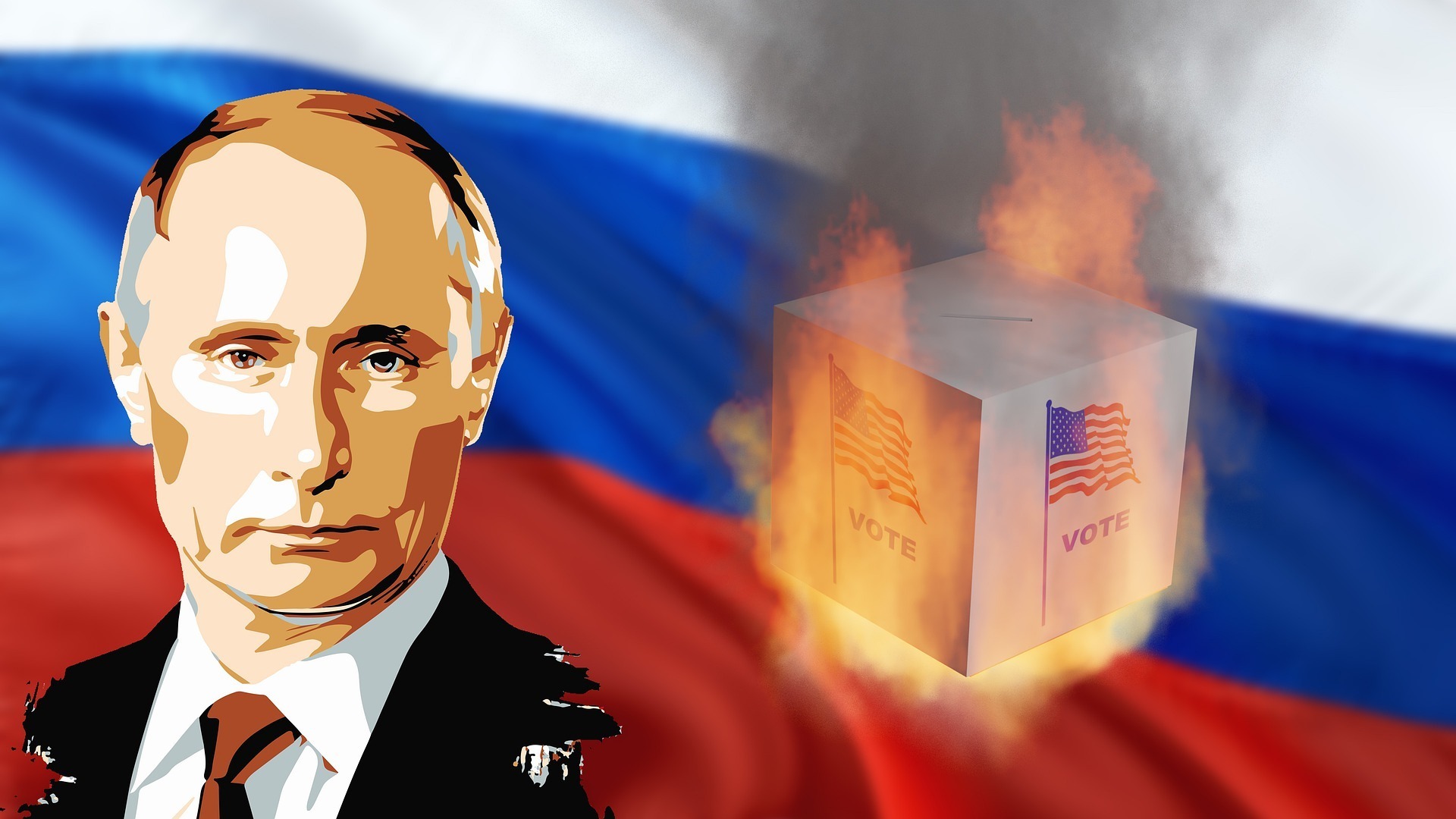#edgeforex #forextrading #forexsignals #forex #trading #biden #russia #rouble #roaring #dollar #risen #foreigners #cryptocurrency #bitcoin biden
International sanctions against Vladimir Putin’s regime drove the ruble to a record low of 121.5 rubles per dollar, evoking memories of the 1998 Russian financial crisis.
The collapse of the ruble in the days following the start of the Ukraine war was a powerful symbol of Russia’s newfound financial isolation.
The situation had deteriorated to the point where US President Joe Biden declared the ruble to be “rubble.”
The ruble has risen all the way back to where it was before Putin’s invasion of Ukraine, with the currency trading as high as 74.2625 per dollar in early Moscow trade on Thursday.
Despite an extremely broad package of sanctions against the Russian government and its oligarchs, as well as an exodus of foreign businesses.
The actions will be largely ineffective if foreigners continue to consume Russian oil and natural gas, thereby supporting the ruble and filling Putin’s coffers.
The rapid ruble recovery gives Putin a major victory back in Russia, where many people are obsessed with the currency’s ups and downs, even as his military is bogged down in Ukraine and outrage grows around the world over atrocities committed.
The ruble-dollar exchange rate has arguably been the most important economic indicator in Russia’s post-Soviet history. The rate was broadcast by the exchange kiosks that sprouted up in every town and city, signalling the collapse of the currency as hyperinflation erupted in the early 1990s. Following Russia’s default in 1998, the ruble plummeted once more.
After the chaos subsided, the government removed three zeros. Then, during the 2008 financial crisis, the government spent billions of dollars to slow the currency’s decline, in part to avoid frightening the public and sparking a run on the country’s banks.
This includes freezing nonresident investors’ assets and ordering Russian companies to convert 80 percent of their foreign currency holdings into rubles.
It’s difficult to ignore the lifeline that other countries are throwing Putin by purchasing his country’s oil and gas. This gives Russia a current-account surplus – economic jargon for exporting more than you import, which tends to lift a country’s currency – and undermines the sanctions campaign against Russia.
The current account should remain in surplus if energy prices remain high and major importers of Russian energy and commodities continue to purchase.
Russia has been able to stabilise domestic markets and even avert a messy foreign default – at least for the time being. This means that if the coalition of governments opposing Putin wants to hurt the ruble again, they’ll have to change their strategy. Just this week, the US Treasury blocked dollar debt payments from Russian accounts at US banks, attempting to force Russia to deplete its domestic dollar reserves or default.
Sanctions have evolved into a moving target that will necessitate adjustments over time in order to remain effective.
They predicted that financial sanctions would be tightened further, possibly even disconnecting additional Russian institutions from SWIFT, the global communications system used by banks to move money around the world.
After failing to conquer the capital, Putin has been forced to change his war strategy in Ukraine, shifting troops away from Kyiv.
Market rallies in response to news of peace talks should be viewed with extreme caution by investors. There will be many false dawns as the world works valiantly to end this war.

